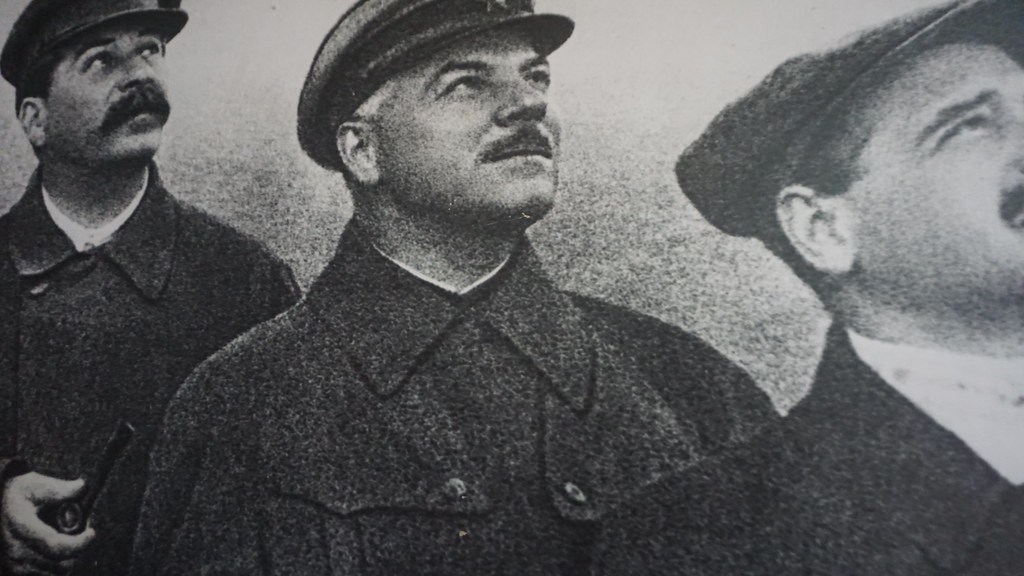In 2011, Muammar Gaddafi was ousted as the leader of Libya after a four-decade rule. On October 20th, he was killed near Sirte at the hands of fighters loyal to the National Transitional Council (NTC), a group of anti-Gaddafi forces. This event marked the culmination of a bloody revolt that had begun earlier that year.
As tensions rose during the Arab Spring in Tunisia and Egypt, the same spirit of protest spread to Libya in February of 2011. Protesters in Benghazi, Libya’s second largest city, called for an end to Gaddafi’s oppressive rule. The situation quickly escalated, as Gaddafi’s security forces used extreme violence to suppress the dissent, leading the United Nations to impose multiple rounds of sanctions.
The sanctions, combined with NATO bombing and a no-fly zone, eventually weakened Gaddafi’s regime. The NTC’s guerrilla-style tactics of urban warfare posed a formidable challenge for Gaddafi’s beleaguered forces. The latter were worn down as rebel fighters slowly captured key towns and cities across Libya. Ammunition and supplies were scarce, and the government’s remaining forces began to dwindle.
The turning point came at the Battle of Tripoli in August 2011. With help from NATO forces, the rebels were able to push forward and seize the capital, forcing Gaddafi to flee. From there, they continued their march across the country in pursuit of the ousted leader. In October, NTC forces tracked Gaddafi down to his hometown of Sirte, eventually cornering and killing him.
The events of 2011 serve as a testament to the power of popular protest. Thanks to the courage of everyday citizens, Libya was able to cast off its oppressive ruler. However, it is important to note that Gaddafi’s removal has not solved very many of Libya’s issues. The country has been in a state of political and economic chaos ever since. Despite that, perhaps the best legacy of the Libyan revolution is the reminder that true acts of bravery and determination can bring about real change.
Gaddafi’s Rule Prior to the Revolution
Before the revolution, Gaddafi had long represented the pinnacle of authoritarian control in Libya. He came to power in a bloodless coup in 1969, eventually crafting a political system that centered on his cult of personality. Gaddafi dominated all aspects of the public discourse, eliminating any form of dissent and preventing any form of truly representative government.
Gaddafi also sought to strengthen Libya’s economy and bolster its military. He invested in huge infrastructure projects, often funded through Libya’s lucrative oil revenues. This allowed Libya to emerge as a powerful force in the region. Unfortunately, Gaddafi kept control of all economic and political levers, while funneling billions of dollars into the hands of loyalists.
Though the majority of the population remained poor, Gaddafi managed to remain in power for over four decades. He relied heavily on his secret service and security forces to remain in control and quickly stamp out any signs of potential opposition. However, in the face of protests, he would often launch into grandiose speeches or promise reforms that he never planned to deliver. This eventually caught up to him in 2011.
Western Involvement in the Libyan Revolution
In the early days of the revolution, foreign powers were hesitant to get involved. However, as public pressure continued to mount and Gaddafi’s forces began to show increased signs of brutality, the United States and other NATO countries began to take a more direct role in the conflict. The UN Security Council passed Resolution 1973 in March 2011, authorizing a no-fly zone and limited strikes on Gaddafi’s military forces.
The resolution provided the rebels with much-needed military and diplomatic support. It allowed NATO planes to bombard Libyan military targets and provide air support to various opposition forces. This allowed them to gain the upper hand over Gaddafi’s forces and eventually push forward and seize the capital.
From there, the participating countries sought to provide additional support in the form of aid and additional expertise. However, once Gaddafi’s government was overthrown, many of the same countries that had helped move the revolution forward turned their attention away from Libya.
Now, over a decade after the fall of Gaddafi, Libya remains in an unstable state. Though the situation is much better than it was under Gaddafi’s rule, the country remains mired in political and economic chaos. Foreign powers have so far failed to provide any sort of long-term solution.
Impact of the Revolution on Libya’s Neighbours
Gaddafi’s overthrow had a ripple effect across Libya’s neighbours. In some places, it sparked hope of a better future, while in others it led to increased regional instability. In countries like Tunisia and Egypt, which had recently been through their own periods of political turmoil, Gaddafi’s downfall was seen as a sign of peaceful change across the Middle East.
However, Gaddafi’s demise had a more destabilizing effect on some of Libya’s less democratic neighbours. States like Algeria were concerned that a power vacuum in Libya would lead to increased unrest across its borders. Similarly, countries such as Sudan feared that the violence in Libya could spill over their borders.
Others saw an opportunity to gain influence in the region. Nations like Qatar, which had previously been strong allies of Gaddafi, quickly moved to form ties with the new government in order to gain benefits for themselves. Meanwhile, countries like the United States and Britain sought to strengthen their alliances in the region.
The overthrow of Gaddafi was both a cause for celebration and a source of apprehension. Years after the event, its full impact is still being felt across the Middle East and North Africa.
The Fate of Gaddafi’s Followers
Since the end of Gaddafi’s regime, Libya has been facing the difficult task of reconciling with its past and establishing a way forward. The new government has had to contend with a range of challenges, including the rehabilitation of those who had been loyal to Gaddafi. For many of these individuals, the road to redemption has been long and difficult.
Since his death, Gaddafi’s former allies have been struggling to adapt to life in a post-Gaddafi Libya. Many of them have faced public outcry, while others have resorted to clandestine activities in order to escape prosecution. Human rights organizations have expressed concern over the treatment of former Gaddafi supporters. They argue that, in order for Libya to move forward, it needs to put an end to its campaign of retribution and instead focus on achieving reconciliation.
At the same time, many officials within the new government have argued that Gaddafi’s followers must face justice. They argue that these individuals must be held accountable for their crimes and that they should not be given a free pass just because they servedregime. There is, however, a growing consensus that some form of amnesty should be granted to former Gaddafi supporters if they are willing to cooperate.
Despite Libya’s ongoing struggles, the country has come a long way since Gaddafi’s ousting in 2011. The country still faces a long road ahead, but there is increasing evidence that it is slowly recovering from decades of tyranny.
Aftermath of Gaddafi’s Ousting
Since Gaddafi’s overthrow, Libya has been trying to rebuild and start anew. The country is still in a fragile state and its future remains uncertain, but there is hope that it can eventually become a stable nation. One of the first steps in this direction came in 2012, when the National Transitional Council (NTC) was replaced by a new parliament.
The new parliament drew representatives from both sides of the war, as well as from across Libya’s social and political spectrum. It was tasked with the difficult job of crafting a new political system and charting a course for the future. This has not been an easy process, as the country continues to grapple with the legacy of Gaddafi’s rule.
At the same time, the government has been trying to tackle some of the country’s long-standing economic troubles. Libya has long struggled with high levels of corruption and mismanagement of its natural resources. Despite this, the country has made important strides in recent years. One of the most notable achievements is the significant increase in oil production, which has allowed the government to allocate more funds towards vital infrastructure projects.
Unfortunately, the increased oil production has come with its own set of problems. The government has been accused of allowing various foreign entities to take advantage of Libya’s natural resources, leading to accusations of corruption and a lack of transparency.
Libya has also been struggling to address its refugee crisis. Since Gaddafi’s ousting, the country has become a major transit point for refugees from across North Africa and the Middle East. This has placed significant strain on the country’s resources, leading to overcrowding in its refugee camps and displacement of its own citizens.
Though there is still much work to be done, Libya has made some important steps towards a better future. With the right support, it is possible that Libya can recover from decades of turmoil and build a better and brighter future.




